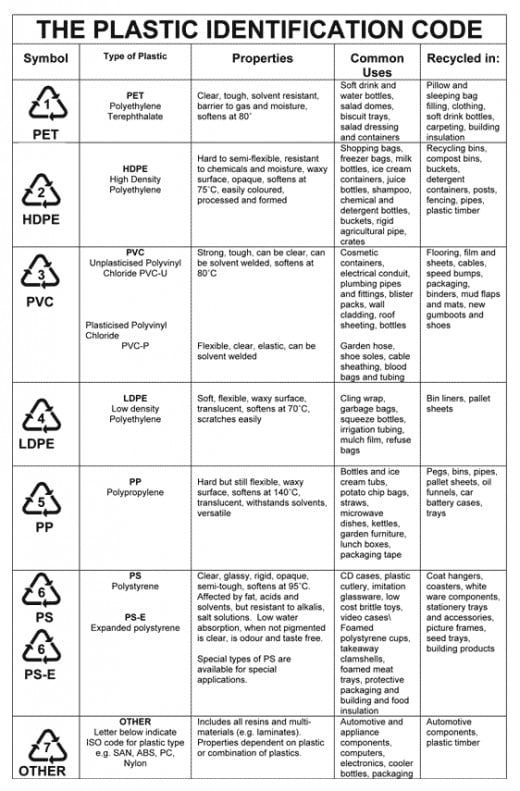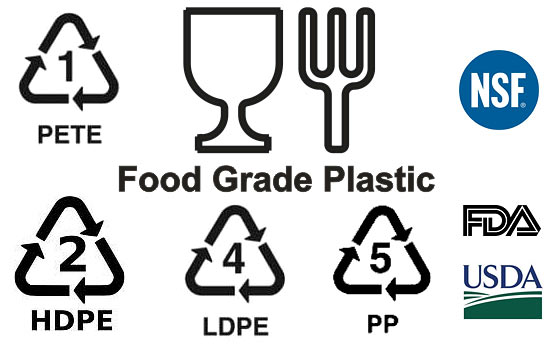Look at the extruders on the RepRap home 3d printing machine project pages. Also, you would take a steel pipe, coil nichrome wire around it, cover that in plaster, then nest the whole assembly in another pipe with an extruder tip. Put your plastic chips in the tube. Force it through the tip with a plunger of some sort. Maybe try using a hydraulic arbor press like those used in the automotive trade.
Otherwise, consider fusing plastic into sheets, then creating a 2-part mold and forming the hot sheet.
HDPE (#2) and LDPE (#4) have the lowest melting points and emit little or nothing in the way of fumes. And since they are both the same polymer (polyethylene), they can be melted together.
PP (#5) melts at 320 F, but may sometime have additives that emit harmful fumes.
PET or PETE (#1) has little or nothing in the way of fumes, but doesn't melt until 500 F.
PS (#6) melts at 465 F, but may often have additives that produce fumes that are much better avoided.
PVC or V (#3) melts around 220-265 F, but always produces very nasty, harmful, dangerous fumes. Don't try this at home, kids. DANGER, WILL ROBINSON! AVOID AVOID AVOID.
Safe Plastics For Food and Drink
April 24, 2014, by Ken Jorgustin
Plastics that come in contact with your food or drink ‘should’ be safe based on the following general information. Look for the Recycle symbol (often on the bottom of the container) and read the number located inside the symbol.
The following list cross-references the recycle number (recycling symbol) with what is generally considered safe for food (or not safe).
===melt hdpe at 350f = 176.667c
Plastic Identification Codes

Paraffin wax generally ignites at the following temperatures, depending upon the additives you mix into the wax:
- Paraffin wax without additives: 199˚C (390˚F). white kind
- Paraffin wax with additives: 249˚C (480˚F). fragrants ?


No comments:
Post a Comment